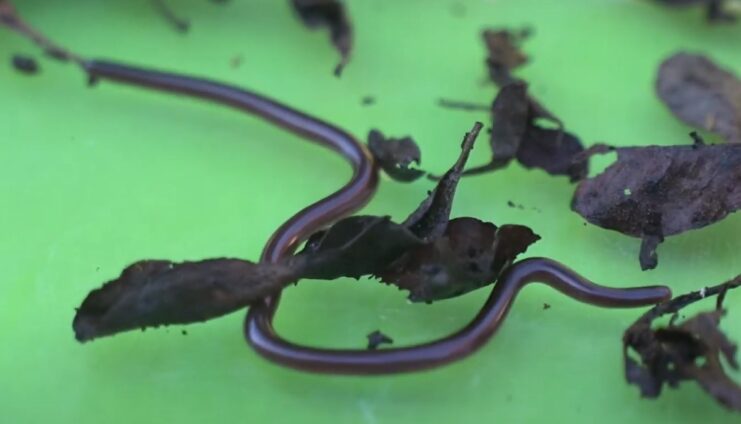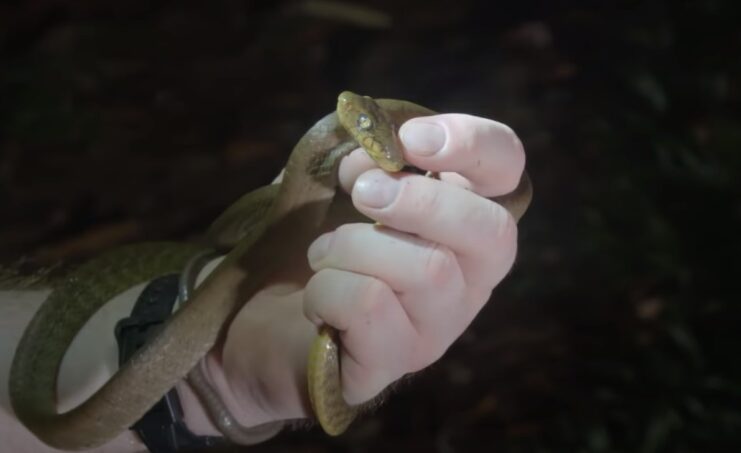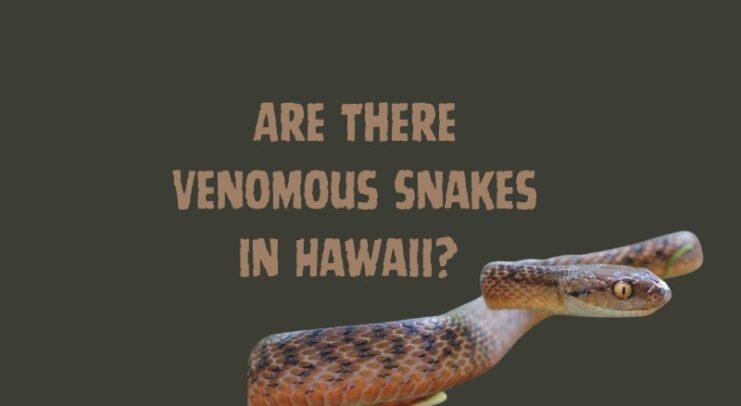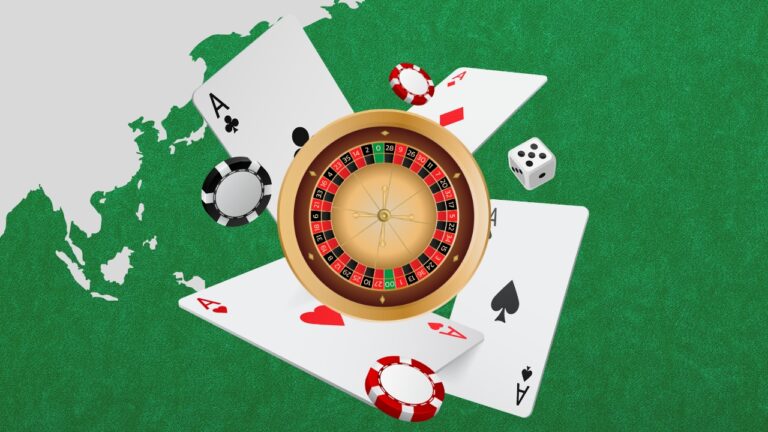Hawaii, a paradise known for its stunning beaches, lush landscapes, and vibrant marine life, is also a place of intrigue when it comes to its snake population. The question: “Are there snakes in Hawaii?” often arises, and we’re here to provide an answer!
This article delves into the fascinating world of snakes in Hawaii, their origins, and their impact on the island’s ecosystem. Come explore with us as we seek answers and unravel the mysteries of this tropical paradise!
The Common Misconception

Hawaii, due to its isolation and strict quarantine laws, has no native snakes. The only snakes found here are non-venomous and have likely arrived through accidental or intentional human transport. The most common snake species found is the Brahminy Blind Snake, often mistaken for earthworms or small insects due to their small size.
The Brahminy Blind Snake is a fascinating creature. Despite its small size, it plays a significant role in the ecosystem. Originally indigenous to certain areas of Africa and Asia, this snake has managed to spread easily. This is largely due to its unique reproductive system.
Interestingly, all Brahminy Blind Snakes are female and reproduce through parthenogenesis, a process where eggs hatch without fertilization. This means that a single snake can start a new population if it finds itself in a new environment, contributing to its widespread distribution.
Despite being a snake, the Brahminy Blind Snake leads a lifestyle similar to that of an earthworm. It spends most of its life underground, feeding on ants and termites. It is one of the smallest species of snakes on Earth, reaching around six inches in size. Although they pose no threat to humans, their presence in Hawaii is a testament to the island’s diverse and unique wildlife.
The Invasive Threat

The Brown Tree Snake, an invasive species, could pose a significant threat to Hawaii’s ecosystem. Originally from Papua New Guinea, Indonesia, and Australia, this species is an excellent climber and feeds on birds, lizards, and small mammals.
The introduction of the Brown Tree Snake has led to severe ecological consequences in other Pacific islands, most notably Guam, where it has caused the extinction of several bird species and significant economic damage. The fear is that a similar scenario could unfold in Hawaii if the snake were to establish a stable population.
To prevent this, Hawaii has implemented stringent biosecurity measures. The Hawaii Department of Agriculture (HDOA) has a dedicated team that inspects cargo, luggage, and vehicles arriving from Guam and other Pacific islands for any signs of the snake. The HDOA also conducts regular surveys and rapid response activities to capture and remove any Brown Tree Snakes that might have slipped through the cracks.
Public education is another crucial aspect of these prevention efforts. The HDOA and other organizations run awareness campaigns to inform the public about the dangers of the Brown Tree Snake and what to do if they spot one.
These efforts reflect Hawaii’s commitment to protecting its unique biodiversity from invasive species like the Brown Tree Snake. The goal is to ensure that the island’s native species can thrive without the threat of invasive predators.
The Role of Humans

Humans have played a significant role in the introduction of snakes to islands. Several snake species have made their way to Hawaii through travel, stowaways, and illegal smuggling. It is illegal to own snakes here, and owning pet snakes can result in fines and even jail time.
Maintaining a healthy ecosystem is a shared responsibility that requires collective action. Here are some tips on how you can contribute, particularly in relation to snakes:
- Respect Wildlife: Always observe wildlife from a distance. Do not feed or attempt to touch snakes or other wild animals. Remember, we are visitors in their homes.
- Stay Informed: Learn about the native and invasive species in your area. Understanding the role each species plays in the ecosystem can help you appreciate and protect them.
- Report Sightings: If you spot a snake, particularly in regions where they are not native, like Hawaii, report it to local wildlife authorities. They can safely handle and relocate the animal if necessary.
- Don’t Release Pets: Never release unwanted pets into the wild. They can become invasive and disrupt local ecosystems. Instead, contact a local animal shelter or rescue group.
- Support Conservation Efforts: Participate in local conservation efforts. This could be through volunteering, donating, or simply advocating for policies that protect wildlife and their habitats.
- Leave No Trace: When enjoying outdoor activities, follow the “Leave No Trace” principles. Dispose of waste properly, stay on designated trails, and leave natural objects as you found them.
Managing the presence of invasive species, including snakes, in Hawaii is a conservation challenge. Biosecurity measures at airports and ports aim to prevent accidental introductions of snakes. Public education and awareness campaigns play a crucial role in protecting the island’s biodiversity.
Conclusion
While Hawaii may not be home to a plethora of venomous snakes, the potential danger of non-native and harmful species is a reality. Through continued vigilance, education, and conservation efforts, Hawaii can maintain its status as a paradise, where humans and wildlife coexist harmoniously.
Related Posts:
- Unveiling the 5 Best Camping Spots in Hawaii:…
- Exploring Venomous Snakes in Florida: A Serpentine Paradise
- Is There Any Strategy to Slot Games? Or Is It All Random?
- Unveiling Venomous Snakes in Georgia: An Exciting…
- Untold Truth about Tom Brady daughter "Vivian Lake Brady"
- The Truth about Raw Milk: Myths Dispelled, Realities…




















